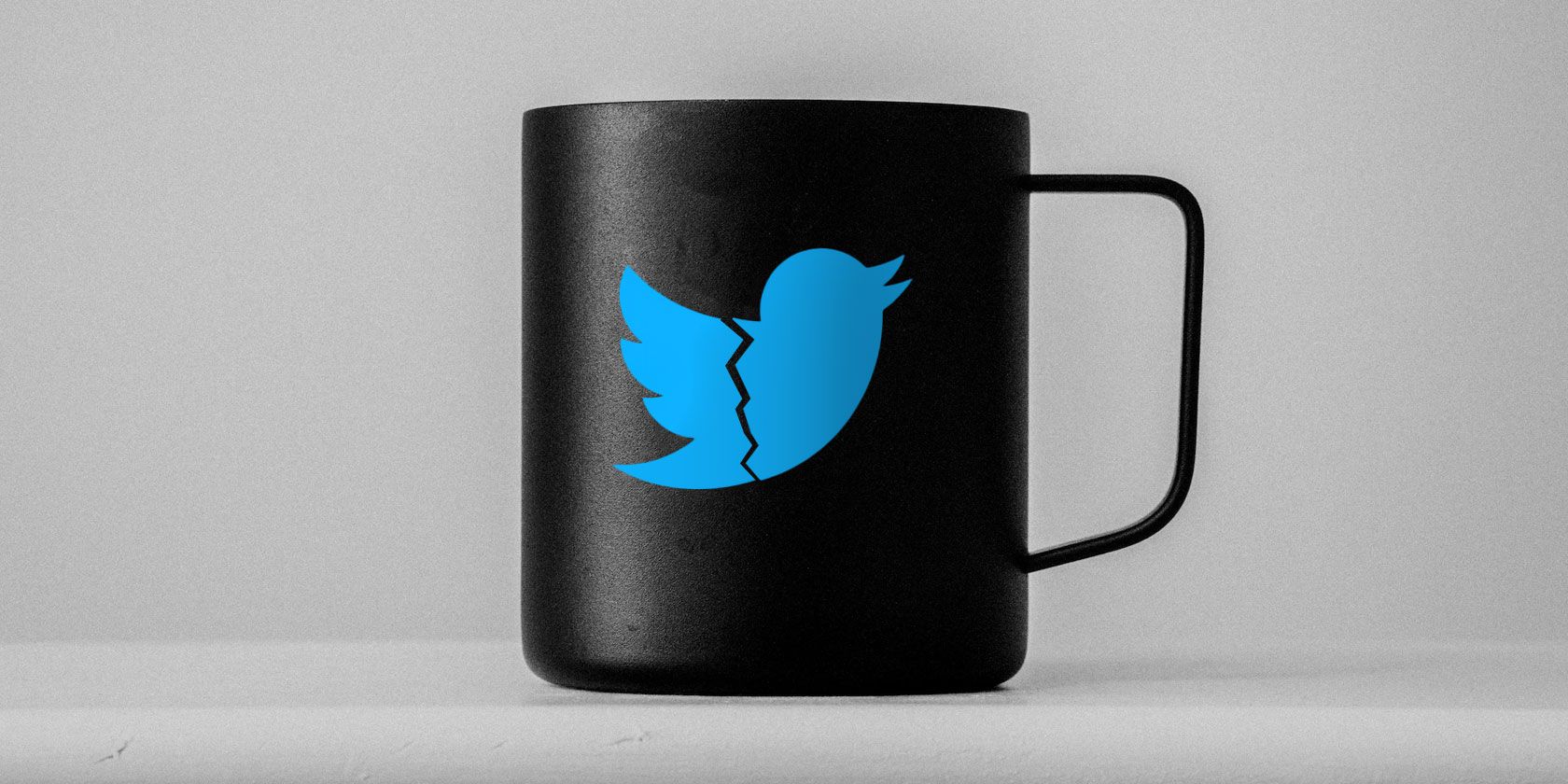Many Summers Later Twitter: Reflecting On Digital Journeys
Think about it: how much can change in a few years? When we say "many summers later," we are, in a way, talking about a large, rather indefinite stretch of time, aren't we? It's a phrase that brings up feelings of looking back, of seeing how things have moved on. For lots of us, our digital hangouts, especially places like Twitter, have been right there with us through all those passing seasons. It's a place where countless moments have unfolded, a considerable quantity of interactions have happened, and a vast number of ideas have been shared.
You see, the word "many" really points to a significant amount, a collection of numerous units, like a big pile of memories or a whole lot of changes. It's used when we are talking about things we can count, even if we are not quite sure of the exact number. So, when we consider "many summers later Twitter," it makes us ponder the sheer volume of time, the innumerable shifts, and the manifold experiences that have taken place on that platform. It's not just a little bit of time, or a small handful of changes; it's a lot, a truly considerable number of summers.
This idea of "many summers later" really asks us to pause and reflect on our digital lives, doesn't it? It's about more than just remembering old tweets; it's about noticing how we, and the platform itself, have grown and changed. It makes you wonder about the stories held within those countless posts and interactions, the ones that have shaped our online presence over a rather long period. It's a way of recognizing the passage of time and its effects on our virtual spaces, and how we've used them.
Table of Contents
- The Meaning of "Many Summers"
- Twitter: Then and Now
- Reconnecting with the Past
- The Feeling of Digital Nostalgia
- Looking Ahead to More Summers
- Frequently Asked Questions
The Meaning of "Many Summers"
When we say "many summers," we're not talking about just one or two. We're thinking about a large, rather indefinite number of years, a significant amount of time that has gone by. It's a way of looking back at a period that feels substantial, a bit like saying "a long time ago," but with a touch of warmth and the imagery of seasons passing. This phrase, you know, really emphasizes the sheer quantity of time, the numerous cycles of growth and change that have occurred.
The word "many" itself, as a matter of fact, points to a large but not precisely defined count. It's about a considerable number of things or instances. So, "many summers" suggests a significant collection of years, each bringing its own experiences and developments. It's used for things we can count, like years or seasons, showing that there's been a substantial amount of them. It's not a small number, but a rather plentiful one, indicating a long stretch of time, virtually a collection of distinct periods.
This idea applies quite well to our online lives, particularly on platforms like Twitter. Over "many summers," these spaces have seen a vast number of updates, trends, and interactions. It's a way of acknowledging the numerous moments that have built up, the manifold conversations that have taken place, and the innumerable changes that have shaped our digital presence. It truly helps us grasp the scale of time's impact on these online communities, doesn't it?
Twitter: Then and Now
Thinking back to Twitter's early days feels like a different world, almost. What started as a simple way to share short updates has, you know, grown into something much more complex. Over "many summers," this platform has gone through quite a transformation. It's seen countless changes, from its appearance to how we use it, and even what it's called these days. It's a prime example of how digital spaces can evolve over a considerable number of years.
The core idea of quick messages, a bit like sending a thought out into the world, has remained. But around that core, so many new layers have been added. The way we connect, share, and even consume information has shifted in numerous ways. It's interesting to see how a platform can adapt and change its shape over a large, indefinite number of years, isn't it? It's a testament to how digital tools can reflect and influence our daily lives.
Comparing Twitter from "many summers" ago to what it is today highlights the passage of time and the constant flow of innovation. The discussions, the trends, the way news breaks – all of it has changed, in some respects. It shows us that even digital spaces, which might seem fixed, are actually quite fluid, always moving and adapting over a considerable number of seasons. This constant evolution is, like, a key part of its story.
Evolving Features and Functionality
Back in the day, Twitter was pretty straightforward, wasn't it? You had your 140 characters, and that was more or less it. But over "many summers," the platform has added a large number of new tools and ways to interact. We've seen the introduction of retweets, replies, and mentions, which really changed how conversations flowed. These additions allowed for a far greater quantity of interaction than before, making discussions much richer.
Then came things like direct messages that could hold more than a few words, and the ability to share pictures and videos. These features, in a way, transformed Twitter from just a text-based platform into a multimedia hub. It meant that users could express themselves in a considerable number of new ways, bringing more life and color to their posts. The platform basically expanded its capabilities to handle a vast number of different content types.
More recently, we've seen even bigger shifts, like longer character limits, Spaces for audio chats, and subscription options. These changes, over "many summers," have really broadened what you can do on the platform. They show a continuous effort to adapt and offer a wider range of experiences to its users, covering a numerous amount of communication styles. It's clear that the platform has been busy adding a lot of new things, isn't it?
Community Shifts and Culture
The feel of Twitter's community has also changed quite a bit over "many summers." In the beginning, it felt a little like a smaller, more intimate gathering, a place where people were just discovering how to chat in short bursts. There was a certain kind of openness, a bit like a shared experiment. The conversations were, in some respects, simpler, and the number of active users was smaller.
As more and more people joined, a large number of different groups and subcultures started to form. You saw specific communities pop up around hobbies, professions, and interests, creating a manifold network of connections. This growth, over a considerable number of years, brought both exciting new voices and, at times, more intense discussions. It became a place where a vast number of viewpoints could meet, sometimes clashing, sometimes coming together.
Today, the culture is, you know, arguably more diverse and, in some ways, more fragmented. Trends move quickly, and conversations can shift direction in a flash. The sheer number of users means that the platform reflects a much wider slice of the world, with all its varied opinions and passions. It's a very different vibe from "many summers" ago, showing how a digital space can mirror the broader changes in society itself.
Personal Journeys on the Platform
For many of us, our own use of Twitter has changed significantly over "many summers." Perhaps you started out just following friends, sharing daily thoughts, a bit like a public diary. It was a simple way to stay connected, and your feed might have felt like a small, cozy corner of the internet. The number of people you followed might have been quite limited then.
Then, as time went on, you might have found new interests, discovered communities, or even started using the platform for work or activism. Your interactions grew in number, and your online presence became, arguably, more defined. You started to follow a considerable number of accounts, and your feed became a richer, more varied stream of information and conversation. It’s almost like your digital self grew up alongside the platform.
Looking back at "many summers" of tweets can be a really interesting experience. It’s like flipping through an old photo album, but for your thoughts and digital interactions. You might see how your opinions have shifted, how your interests have broadened, or how your communication style has evolved. It’s a good way to reflect on your own journey, seeing the numerous steps you've taken in your online life, which is pretty cool, actually. Learn more about digital footprints on our site, and link to this page reflecting on your online presence.
Reconnecting with the Past
The idea of "many summers later Twitter" often brings up a desire to look back, to reconnect with those earlier digital moments. It's not always easy to find those very old tweets, is it? The platform's search tools might not always reach back that far, especially if you're looking for something specific from a considerable number of years ago. But there are ways to try and dig up those memories, to find a large number of your past thoughts.
One way is to use the platform's archive feature, if you've ever downloaded your data. This can give you a comprehensive record of your past activity, a truly vast number of your tweets, replies, and likes. It's like having a digital time capsule, letting you see your journey over "many summers" in a very detailed way. It's a good tool for personal reflection, really.
Sometimes, just scrolling back through your own profile, even if it's a bit tedious, can bring up forgotten posts. You might stumble upon old conversations, or see tweets from a different period of your life. It’s a way of rediscovering a large quantity of your past self, seeing how you engaged with the world "many summers" ago. It's a nice way to remember, you know, how things used to be.
The Feeling of Digital Nostalgia
There's a unique kind of feeling that comes with looking back at "many summers later Twitter." It's a sense of nostalgia, but for something that happened in a digital space. You might remember old trends, inside jokes, or even significant global events that unfolded in real-time on your feed. It’s a powerful feeling, actually, remembering those countless moments.
This digital nostalgia can be quite strong because, in a way, our online interactions are a record of our lives. They capture our thoughts, our reactions, and our connections at specific points in time. So, seeing a tweet from "many summers" ago can transport you right back to that moment, reminding you of who you were, what you cared about, and who you were talking to. It’s a considerable quantity of memories all wrapped up in a short post.
It's also about remembering the platform itself as it was. The look, the feel, the general atmosphere – all of that contributes to the nostalgic feeling. For those who have been on Twitter for a long time, seeing how much it has changed over a large number of years can bring a mix of emotions, from fondness for the past to acceptance of the present. It's pretty interesting how these digital spaces can hold so much personal history, isn't it?
Looking Ahead to More Summers
As we think about "many summers later Twitter," it also makes us wonder what the future holds for this platform and for our online interactions in general. Things are always changing, and digital spaces are constantly evolving, that's just how it is. We can expect to see more new features, more shifts in how people use the platform, and perhaps even more name changes down the line. It's a continuous journey, with a numerous amount of possibilities.
The way we connect and share online will surely continue to adapt. What might seem common today could be quite different "many summers" from now. It's a reminder that our digital lives are not static; they are always in motion, always growing, always taking on new forms. The future holds a considerable number of unknowns, but also a lot of potential for new ways to interact.
So, as you continue your journey on Twitter, or whatever it might become, take a moment to appreciate the present. Capture those moments, engage in those conversations, because "many summers later," these are the memories you'll be looking back on. Your current interactions are, in a way, building the history you'll one day reflect upon. It's a chance to create a large number of future memories, isn't it?
Frequently Asked Questions
Here are some common questions people have about reflecting on their long-term presence on platforms like Twitter.
What does "many summers later" really mean in this context?
It means a significant and rather indefinite period of years has passed since you started using Twitter or since a particular time on the platform. It suggests a large number of seasons have gone by, allowing for considerable change and accumulation of experiences.
How can I find my very old tweets from "many summers" ago?
The best way to find your oldest tweets is often to download your personal data archive from the platform's settings. This file contains a comprehensive record of your activity, including a vast number of your past posts, which can go back for a long time.
Why do people feel nostalgic about old social media posts?
People often feel nostalgic because old posts serve as a digital record of their past thoughts, feelings, and connections. Seeing them again brings back memories of specific life periods, trends, and relationships, reminding them of who they were and what was happening "many summers" ago.
For more insights into the history and evolution of social media platforms, you might find this article interesting: History of social media.
- Emily Compagno New Husband
- Launny Two Babies One Fox
- Roblox Project Escape Room School
- Peter Scully Daisy
- Jameliz

Twitter Is Limiting How Many Posts You Can See in a Day

Erica Summers on Twitter: "Damn I want to collab with so many of my

Marina Summers on Twitter: "💚🌱🍵 https://t.co/fZsDolyS9h" / Twitter